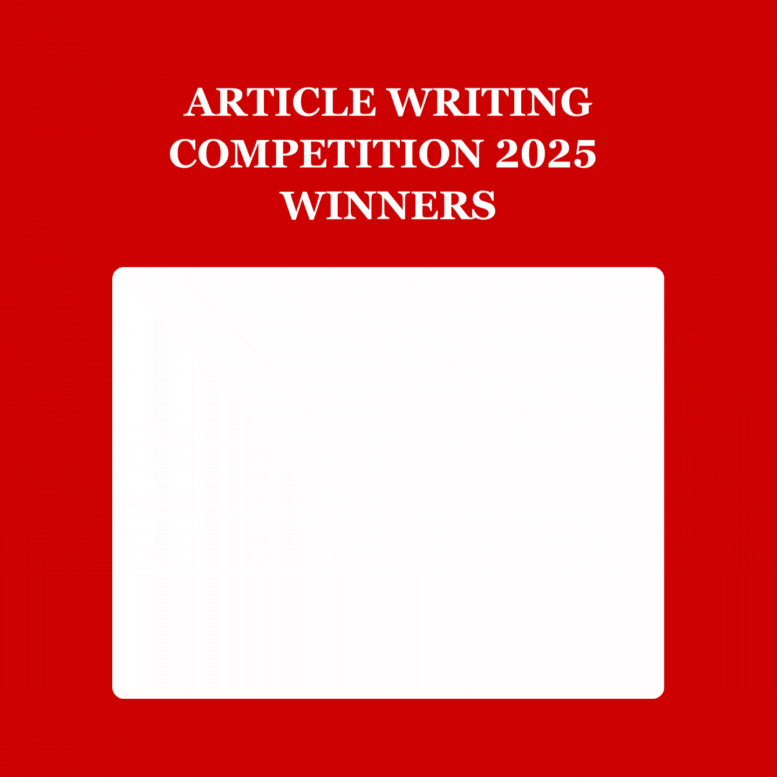India’s judiciary is back in the headlines, courtesy of the recent interview of the former Chief Justice of India (CJI) and presently Supreme Court judge, Justice D.Y. Chandrachud, who was interviewed by Steve Sackur for BBC’s HARDtalk. Sackur’s inquisitive questions probed the hotter edges of simmering global anxieties about the impending ‘saffronisation’ of Indian institutions—a term of art for the suggestion that Hindu nationalism meshes with institutions of the Indian state. Although, Chandrachud brilliantly defended India’s constitution, the dialogue showed the widening rift between the self-image of India as a constitutional democracy and the perception of the Indians’ judicial impartiality among the international community.
When the Supreme Court swiftly upholds religiously charged decisions, while it has shown reluctance to expedite challenges to electoral bonds or sedition laws
With a damning premise that India’s judiciary is under increasing political interference, especially from the Bharatiya Janata Party(BJP) government, Sackur began his interrogation of Goswami. He gave the example of a New York Times editorial mention that fears that lawsuits against opposition leaders, including Rahul Gandhi’s ramping disarmament and cases against critics, are signs of a systemic bias. The judges are not influenced by political winds and they have immense judicial independence, to which Chandrachud counter argued. Critics have contested that the timing of high profile verdicts close in proximity to elections or otherwise highly political events appears to give credence to that collusion. This completes these doubts further when the Supreme Court swiftly upholds religiously charged decisions, while it has shown reluctance to expedite challenges to electoral bonds or sedition laws.
Sackur also scrutinized the judiciary’s social and cultural uniformity, maintaining that with an ‘elite, upper caste Hindu’ appellating minority, the judiciary has been generating structural exclusion. While Chandrachud admitted of diversity deficits, he defended appointment on the basis of merit. However, statistics paint a more substantial picture: Ever since 2018, roughly 80 per cent of the judges who have served on the Supreme Court belong to upper caste, while the Dalit, Adivasi and OBC communities have hardly been represented.
The court’s unwillingness to uphold the international promises made by the Presidents to restore statehood, despite the ongoing central rule, and the militarization, raised questions on judicial hedging for majoritarian agendas
Spotlight fell on the abrogation of Jammu and Kashmir’s special status as per Article 370. Chandrachud was then challenged by Sackur on the Supreme Court’s back to the move, noting that legal scholars had said that it was a violation of constitutional morality. Reiterating that a temporary provision under ‘Transitional Arrangements’ was Article 370, former CJI said revocation of Article 370 validated the integration of Jammu & Kashmir(J&K) with India. But it sidestepped important nuances that the provision proved conditional until the Constituent Assembly dissolved in 1957 in J&K and was unilaterally abrogated without regional concurrence. The court’s unwillingness to uphold the international promises made by the Presidents to restore statehood, despite the ongoing central rule, and the militarization, raised questions on judicial hedging for majoritarian agendas.
Sackur focused his probing of the Ram Temple verdict, that gave disputed Ayodhya land to Hindus, on Chandrachud’s reported use of divine guidance. The ex-CJI defended that personal faith does not have a bearing on the rulings but that the judgment was based on archaeological claims and not the property law precedents which come in for accusations of majoritarian appeasement. Critics see Gil’s balancing act of simultaneously dismissing Muslim parties’ title suits and ordering them compensated with alternative land as symbolism that justifies historical grievances stemming from Hindu nationalism.
The interview also focused on PM Modi’s visit to Chandrachud’s home in 2023 that critics described as undermining judicial independence
The interview also focused on PM Modi’s visit to Chandrachud’s home in 2023 that critics described as undermining judicial independence. Chandrachud seemed to downplay the meeting, calling it routine protocol, but the optics came as a government case presses towards resolution. This event combined with the judiciary’s related inability to hear much of anything submitted in the way of petitions challenging executive actions yanks away whatever illusions that remain that the judiciary is surrendering to executive authority.
Legislative harassment is further eroding confidence of journalists, activists, and opposition figures
The fact that its exchanges with India solidified into a global narrative that India’s judiciary is bending to Hindu nationalist pressures is simply crystallized. In getting these landmark verdicts, these verdicts have been put on the back for being ideological rather than constitutional. Legislative harassment is further eroding confidence of journalists, activists, and opposition figures, and this time, through colonial era sedition laws. In this way, an iconic example of its inconsistent progressivism is that the Supreme Court in 2023 would not legalize same sex marriage when it supported privacy rights in 2017.
His insistence on judicial secularism clashes with the Ram Temple verdict’s sociopolitical undertones
The arguments presented by Chandrachud are even legally cogent, but they fail to take ground realities into consideration. When he claims that abrogation of Article 370 is the act that will help J&K’s own democracy, he does miss elections held under military occupation and denial of a UN mandated plebiscite on self-determination. Similarly, his insistence on judicial secularism clashes with the Ram Temple verdict’s sociopolitical undertones. The object of such a judiciary is a judiciary treading a fine line between legal principles and political expediency and getting it badly wrong in many cases.
Disclaimer: The opinions expressed in this article are solely those of the author. They do not represent the views, beliefs, or policies of the Stratheia.


